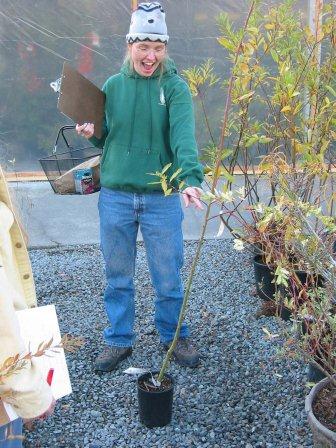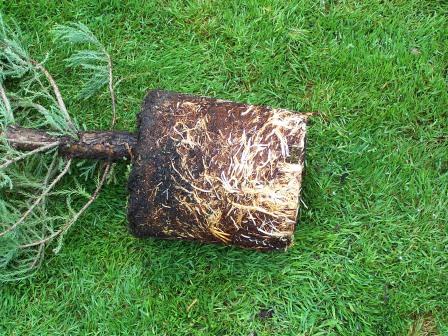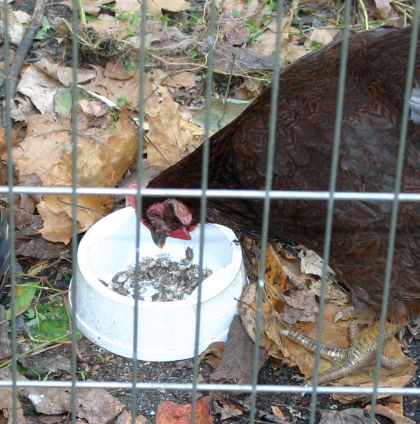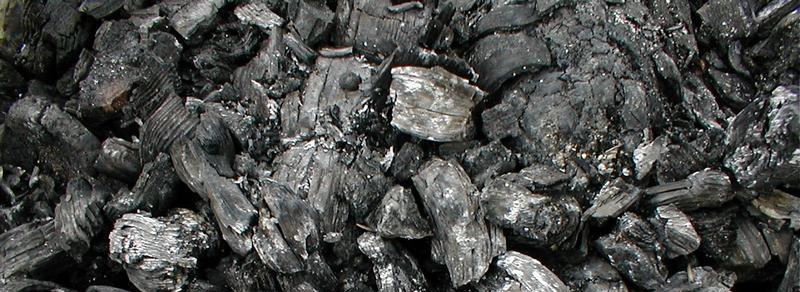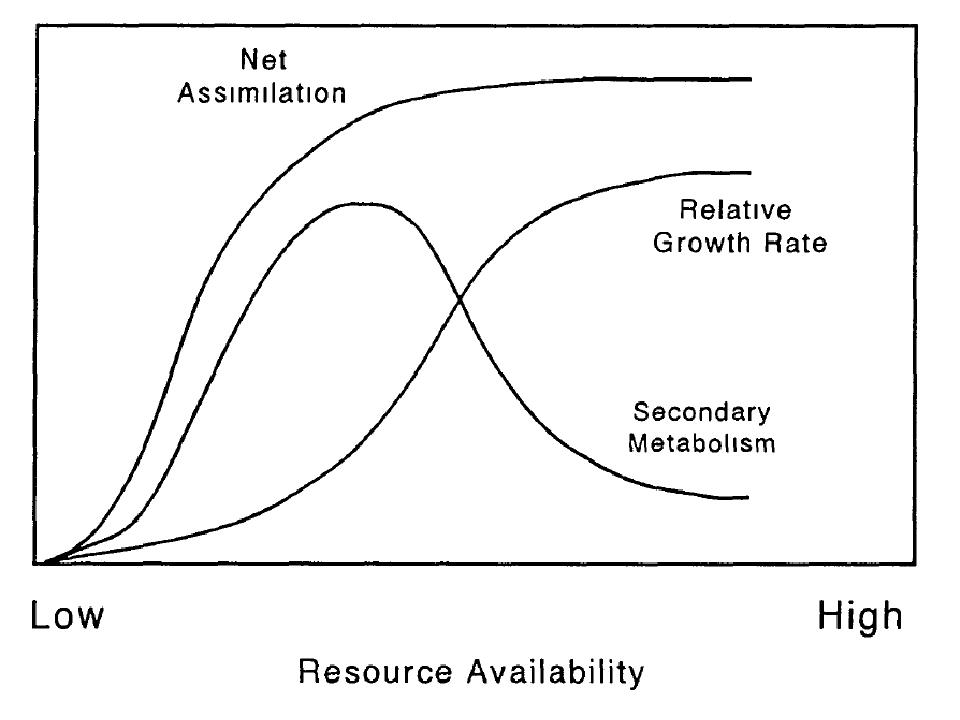A recent NYT post reports that adding fish meal to lead-contaminated soils will cause the lead to bind to phosphate found in fish bones. As the article explains, this chemical reaction results in the formation of pyromorphite, “a crystalline mineral that will not harm anyone even if consumed.”
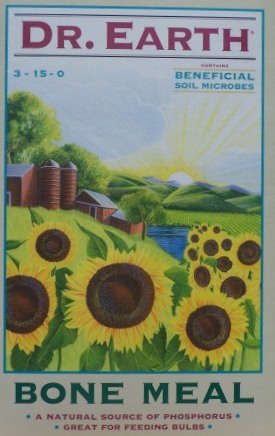
Given my concerns about excessive phosphate loading in urban soils, I contacted Dr. Rich Koenig, an urban soil scientist and chair of WSU’s Crop and Soil Science department. I wondered, at least, if the article should have directed people to have a soil test done first to determine how much phosphate was already in the soil before adding more.
Dr. Koenig was likewise concerned that the application rate of fish meal was probably far higher than what plants would require, thus increasing the risk of phosphorus leaching and runoff. He also referred my question to Dr. Jim Harsh, a soil chemist in his department familiar with the process described in the article.
And as Dr. Harsh pointed out, it’s important to make lead less susceptible to uptake by people and other animals exposed to contaminated soils. However, he’s unconvinced that phosphate is the best choice; in fact, research by Dr. Sally Brown (cited in the NYT article) and others (including Dr. Harsh) have found that compost containing iron is also able to bind and immobilize lead. The advantage of high iron compost is that iron will not leach into nearby waterways, nor cause the same kinds of plant toxicity problems, as phosphate can.

Thanks to both Dr. Koenig and Dr. Harsh for their quick and informative responses on this topic.


